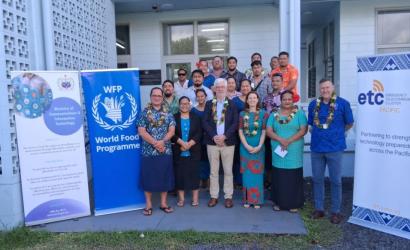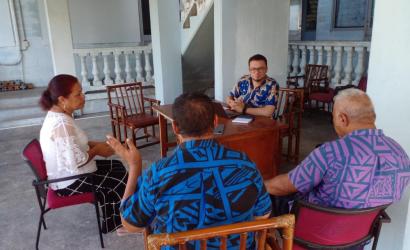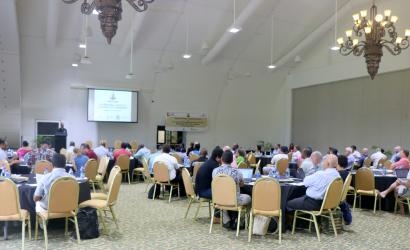Samoa
Samoa – officially the Independent State of Samoa – is an island nation in Polynesia comprising two main islands (Upolu and Savai’i), two smaller inhabited islands (Manono and Apolima), and six uninhabited islets. As of mid-2025, Samoa’s population is estimated at 219,300, with 16 percent (approximately 35,700 people) residing in the urban capital of Apia. The country is divided into 11 administrative divisions, governed under a unitary parliamentary democracy.
The economy is classified as developing, with agriculture as a primary sector. Key cash crops include bananas, taro, and coconuts, which contribute significantly to export earnings. Subsistence farming remains vital for food security. The tourism sector continues to grow, generating revenue and employment, while fishing and light manufacturing also contribute to the national income.
Samoa is the first Pacific nation to have established a regulatory infrastructure (through the Office of the Regulator) in 2006 through its Telecommunications Act 2005 and liberalise its market. This competition – between two major providers, Digicel and Vodafone – led to lowered prices and increased network coverage, where 9 in 10 Samoan enjoy internet access. The island-nation also boasts among the highest mobile phone coverage in the Pacific.
In recent years, the Government of Samoa has taken ownership of the telecommunications infrastructure to manage digital connectivity in the country, including the international submatine cables which enable high-capacity bandwidth and the Samoa National Broadband Highway, a national initiative which aims to create essential infrastructure for a modern broadband network. The Government implements the Digitally Connected and Resilient Samoa Project, which aims to increase resilient and inclusive use of broadband internet and enhance the delivery of digitally enabled services. Challenges remain with limited broadband penetration and the need for significant investment to meet growing bandwidth demands.
With support from Australia and other technology partners like Motorola, Samoa has established an Emergency Radio Network (ERN) to enable a resilient and reliable radio communications for emergency services. The ERN utilizes upgraded radio technology to provide faster response times, better coverage, and more efficient communication during emergencies.
Disaster preparedness and response efforts are coordinated by the Disaster Management Office (DMO) under the Ministry of Natural Resources and Environment (MNRE), operating from the National Emergency Operations Centre (NEOC) in Tuana’imato. The DMO works closely with government agencies, civil society, and communities to strengthen national resilience. The legal framework is anchored in the Disaster and Emergency Management Act 2007, which outlines protocols for disaster planning, emergency declarations, and inter-agency coordination. In 2024, the WFP-led ETC facilitated ICT Capacity Assessments in Samoa, assessing infrastructure, legal frameworks, and coordination for emergency response.




